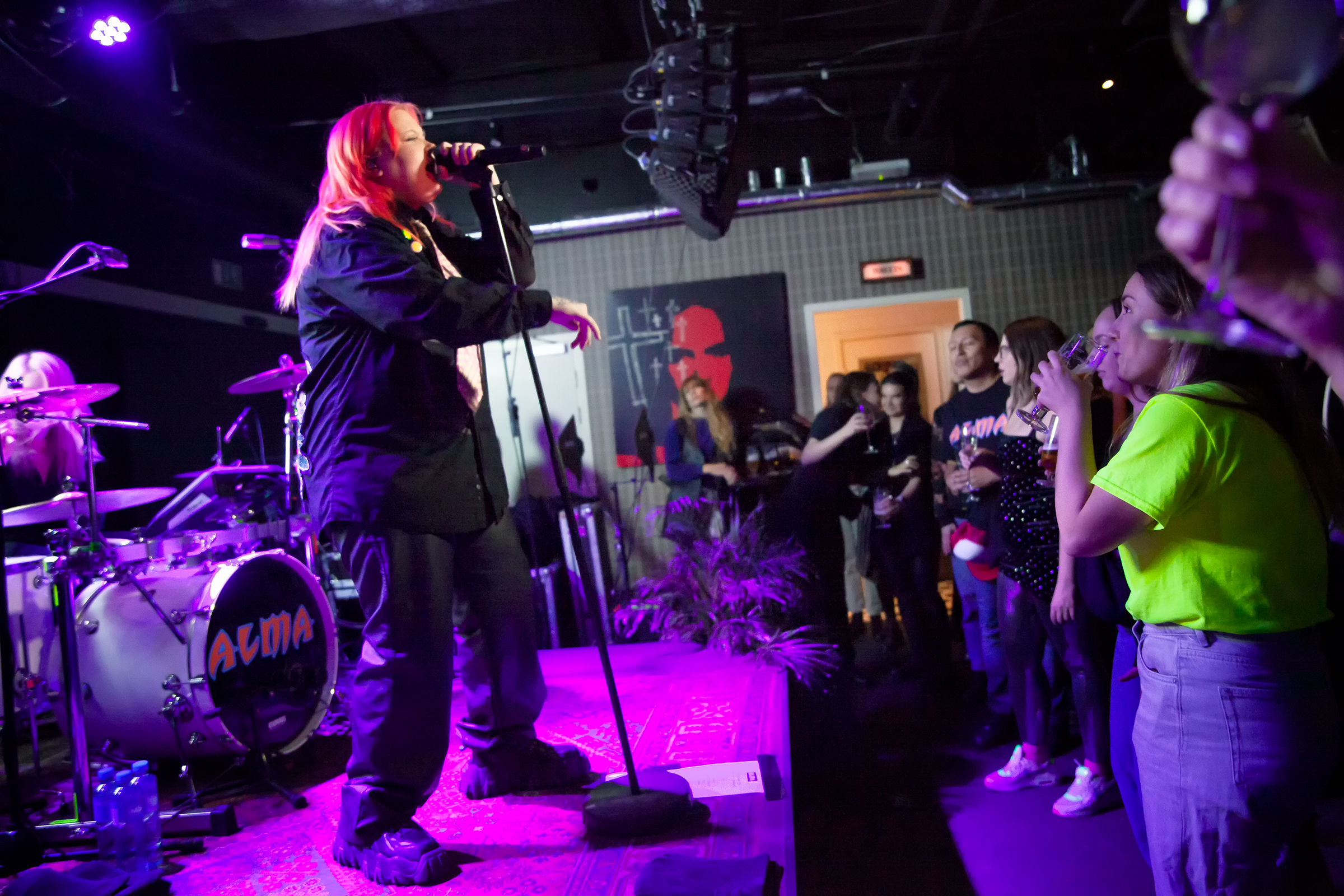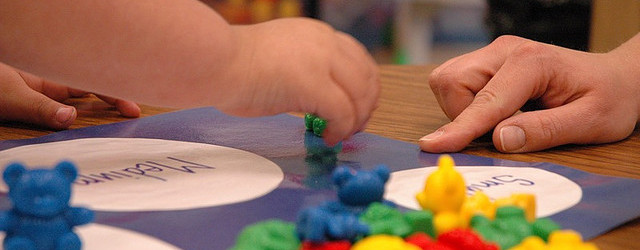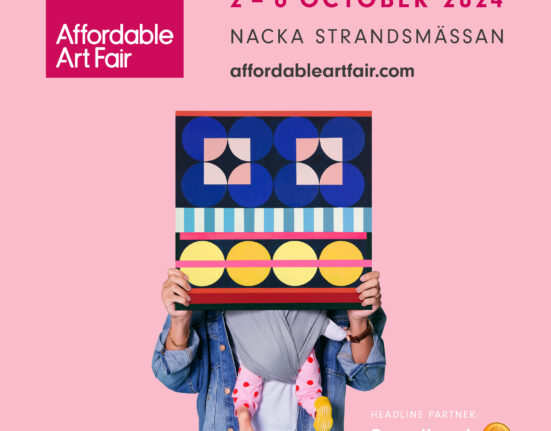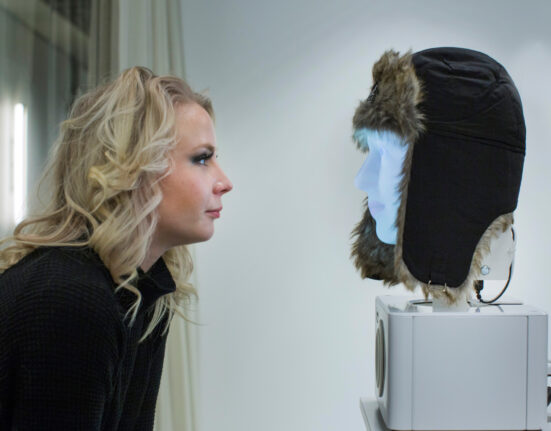Sweden’s generous parental benefits mean that you can stay at home with your child for at least a year; in fact it can be prohibitively expensive to organise child-care any earlier. At some point, most parents have to make that big decision as to which preschool is the right fit for them and their child.
You hold your six-month old baby in your arms. They’ve gone from being a helpless, tiny little being that was up all night to a smiling, cooing little being that’s… still up all night, dammit. It’s a magical milestone, the half-year. But 6 months also marks the time when applications to municipal day-cares can be made. This reminds you that the biggest milestone yet is to come, handing over your most precious bundle to someone else’s care. It means preschool. It means Panic!!
You may also enjoy:
Baby friendly cafés
Stockholm international pre-schools: 2011
Stockholm for kids: play centres
Or not. It is daunting trying to find that perfect preschool that is to be entrusted with your baby. But the Swedish system, heavily funded by the tax payer, offers a myriad of choices. All at the same low subsidised rate, whether private or state-governed. There is more than one to suit everyone; what you have to decide is what’s important to you.
THE SYSTEM
There are over 1,000 Preschools (Förskolor, or more colloquially, dagis, in Swedish) on Stockholm’s municipal website; this does not include all the private ones that have their own queuing system. As a Brit, the word ‘private’ as a prefix generally means one thing: expensive. In Sweden the cost of sending your child to a private versus a state preschool is the same. The difference lies within who has set it up and is running it, the local authority or a private individual or company. Private förskolor tend to have their own queues, unless they have signed up to the municipal joint queuing system below. You can actually apply to the private förskolor and be placed in their queues the moment you have a personnummer for your child. If you know the preschool that you want the minute you come home from hospital, do this! I applied to the Spanish-Swedish one in Solna when my child was 6 months instead of applying straight away, although I knew that was the one I wanted. It took 3 years before I was offered a place, so do learn from the author’s mistake. You may apply to as many private förskolor as you wish, usually through their own website.
You can view the majority of Stockholm’s preschools here. Yourlivingcity also provides a fantastic list of the international preschools within Stockholm here. It’s also worth talking to everyone in your area, your föraldrer (parent) group, the BVC, and other expats; personal experience of any preschool is the most valuable insight you’ll get. You can apply for up to 5 kommun (local government) förskolor (state your order of preference) through this link.
For the municipal preschools and the private ones in Stockholm who’ve chosen to opt into this municipal queuing system, you will not be placed in a queue until your child is 6 months old, even if you have applied earlier. You should write the date that you wish your child to start nursery. This can be the moment that they turn one, but new terms start in August and January, and that is generally when most children will be given a place. You will then be positioned in the queue. Priority for all municipal förskolor is as follows:-
- Those with the support available must accommodate children with special needs first
- Priority is then given to siblings of those already in the school
- Proximity to the school in relation to other applicants in the area is then considered.
- Your ‘queuing date’, i.e. the date that you made your application. If you have the same queue date as other children, priority is given from the oldest child to the youngest.
So, Any Guarantees?
From the private preschools, no. Your queue position determines your likelihood of getting a spot, although it’s worth pestering if you really want the school – the squeaky parent gets the grease in this country. From municipal förskolor, you are guaranteed a spot from 3 months from when you put down your child’s start date. That’s the good news. The bad news is that it doesn’t have to be any of the ones you’ve painstakingly picked. There’s too much demand and not enough supply in these heady baby boom days. If you have to go back to work very soon, you might just have to accept a place across town. Otherwise you can wait it out, but having been offered a place, whether private or from the kommun, you no longer have the guarantee that your child will be placed within 3 months. Bear in mind that that preschool across town might be wonderful, even if you’ve not considered it – an open mind can ensure the best care for your child
Either way, though, you are not taken off the queues for your preferred choice of förskolor. The only time this will happen is if you reject one of those, in which case you will be taken off the lists for that preschool and any others that you ranked lower in terms of preference. So if you’ve rejected choice number 4, you’ll be taken off the queues for number 4 AND 5.
But what is my dream preschool?
The first big decision you’ll need to make as an English speaker is whether you should choose a Swedish or an International preschool. It’s generally acknowledged that children will benefit from having another language in their life, even if it’s only for a short time. That said, there are differences between the Swedish system and your home country’s that might not be palatable. The important thing to remember is that whilst formal learning is delayed for longer than in some countries, the standards do come together in the end. In other words if little Johnny is not learning to read at 4 in preschool, this doesn’t mean that he’ll never learn to read. The Swedish education system is different, not better or worse. Do take a look at the Swedish curriculum and see if you can live with it. If you’re here to stay long-term, it might be worth considering that friendships in Sweden often start out at förskolan and are a great way of assimilating your child into Swedish society.
Proximity is the next big factor to consider. When I asked a friend of mine what to consider when looking at preschools, she got out a 1cm: 100m map of my area, drew a 1cm radius circle round my flat and told me to only bother with any that fell within the circle. Whilst I don’t subscribe fully to this, it can be easy to underrate how difficult a long school run in the snow with a screaming toddler can be. (Although a 12-mum sledding race home does constitute one of the highlights of my stay in Stockholm).
Pedagogy might also be important to you; you may have a passion for Montessori or Waldorf styles of teaching (it’s worth noting that the curriculum in Sweden is inspired by the Reggio Emilia approach). There are preschools within Stockholm who offer these distinctive methods of teaching and you can check them out if they offer a particular ‘fit’ for you.
Teacher to student ratio also ranks highly on my checklist in looking at preschools. I feel that the more children who are assigned to a teacher, the less time they have to spend on each of them. These statistics are available on the Stockholm’s stad website here (insert link).
For some parents, food can be a deal-breaker, especially with a child who has allergies or intolerances or political or religious reasons for not eating certain foods. The food at preschools varies greatly; some have a chef on-site with only organic produce served and a vegetarian option every day. It’s worth considering that Barn Mat’ can be a diet of hot dogs, pasta with ketchup, blood pudding and meatballs. See if you can get hold of a sample menu.
Above is a list of things to consider when looking at förskolor online, but a preschool may tick all these boxes and still not feel ‘right’ when you walk through the door. This is your parental instinct at work – do not ignore it, but do validate it against the following:-
- Does it feel safe? Are there procedures clearly visible in the case of an emergency? Are the children being supervised well? Is it clean?
- Are the children happy? You can tell a lot from the expressions on children’s faces.
- Do I like the staff?
- Do I agree with the values and policies of the head teacher; bear in mind that there can be a high amount of staff turnover, so it’s important to make sure you respect the person at the top as they will be the ones recruiting the person who will take charge of your little one.
- Does the daily schedule feel comfortable to you? Is there a good balance of indoor and outdoor activities? Is there proper allocated time for different types of play, for eating, for napping? Is there an emphasis on free play or is there more of a structured learning environment.
- If playing outdoors is important to you, ask the preschool if they have their own outdoor space or gård. If not, the chances are the children will be walked to the nearest public space and may not get outside as much as if they had their own.
- What is the in-schooling procedure? Is it flexible?
It sounds like a lot to assess when you go preschool visiting, but it really is worth picking out a place that will suit you and your child best – I speak as a veteran of 4 different förskolor; again, please learn from my mistakes!
As with everything to do with parenting, always remember:
THERE IS NO RIGHT OR WRONG. THERE IS ONLY RIGHT FOR YOU
Perhaps preschool is not for you? There are other options available; we shall write about them another time!
Article by Farrah Gillani
Image by barnaby wasson from flickr creative commons













10 Comments